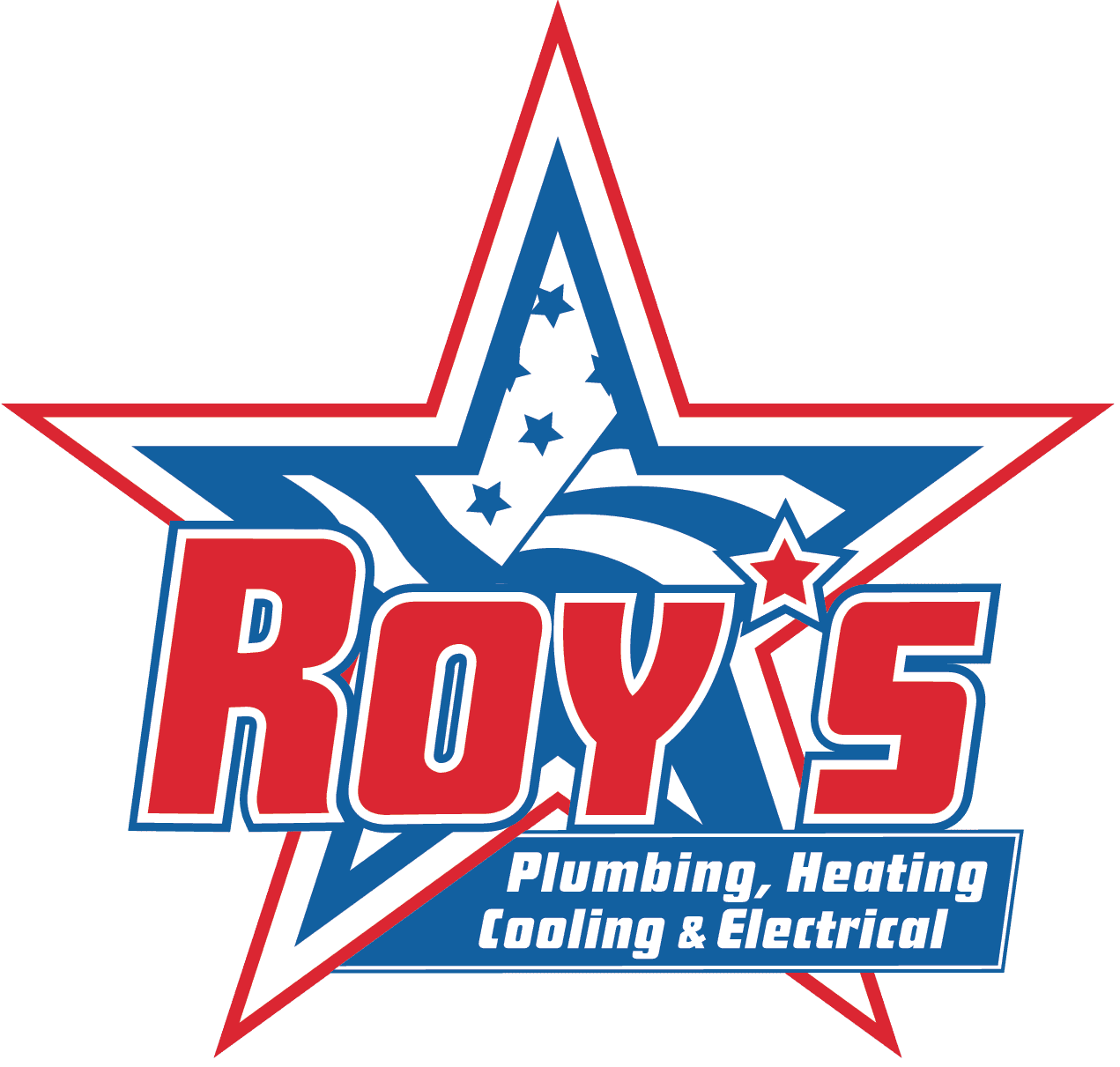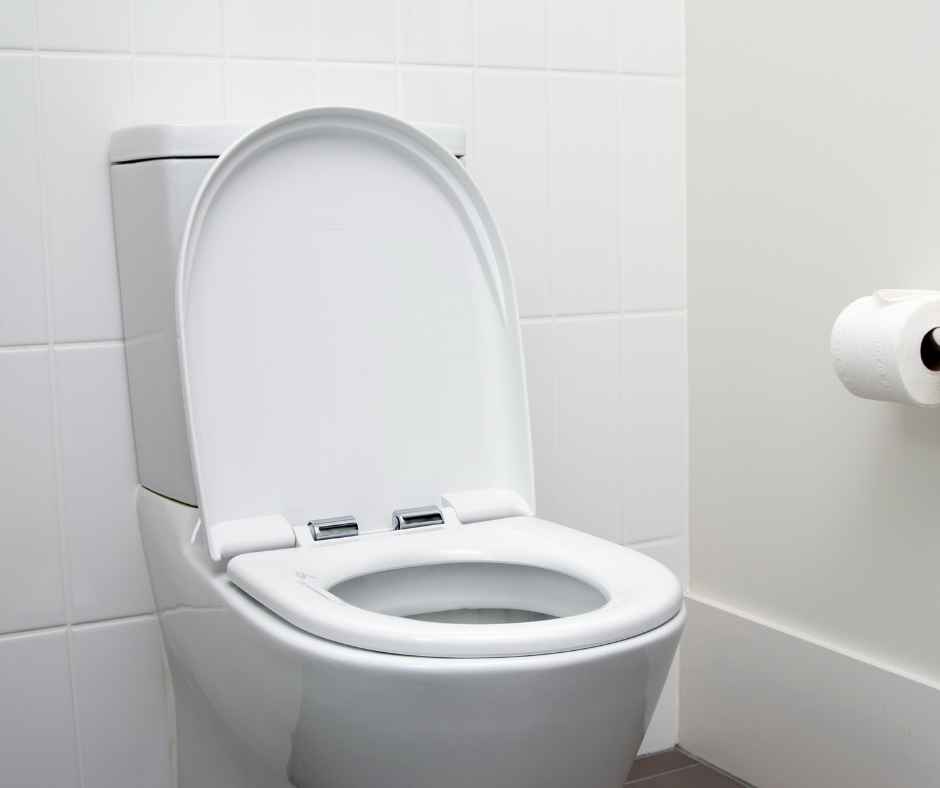
Why Is My Toilet Running?
It’s the middle of the night, and you hear it again—that constant trickle of water coming from the bathroom. A running toilet might seem like a minor annoyance, but it can quietly waste gallons of water every day. What starts as a small inconvenience can quickly show up on your utility bill and indicate deeper plumbing issues. Most homeowners deal with this at some point, but the cause isn’t always obvious. From faulty parts to simple adjustments, there are several reasons why your toilet won’t stop running.
In this blog, we’ll walk you through the most common culprits, how to fix them, and when it’s time to call in a professional.
Why a Running Toilet Is a Big Deal
At first glance, a running toilet might not seem like a major plumbing issue—but it can have serious consequences over time. When a toilet is “running,” it means water continues to flow from the tank to the bowl without stopping, even though the toilet hasn’t been flushed. This constant movement keeps your fill valve engaged and your water meter spinning.
Why does this happen so often? Toilet components like the flapper, fill valve, and float are subject to wear and tear. As they age, they can become misaligned, damaged, or coated with mineral deposits. These small failures can lead to a toilet that won’t shut off completely.
If left unchecked, a running toilet can waste hundreds of gallons of water per day. That means higher water bills and more stress on your plumbing system. Over time, the added strain can lead to more costly repairs or even replacement if ignored. Addressing the issue early is not only eco-friendly but also financially smart.
Key Signs and Causes of a Running Toilet
Identifying a running toilet early can save you from unexpected water bills and bigger plumbing problems down the line. Fortunately, the symptoms are usually easy to spot—once you know what to look and listen for.
Common Signs
- You hear water running when no one is using the toilet
- The water in the bowl is constantly moving or rippling
- Jiggling the toilet handle temporarily stops the noise
- You hear the tank refilling itself every few minutes, even without flushing
These signs all point to a problem with how the toilet is maintaining water levels between flushes.
Why It Happens
- Worn-out flapper valve: This rubber part seals water in the tank. When it wears down or warps, water leaks into the bowl.
- Faulty fill valve or float: If the fill valve doesn’t shut off or the float is too high, water continues to flow.
- Overflow tube problems: If water rises too high, it spills into the overflow tube, creating continuous water loss.
- Short or tangled flapper chain: If the chain’s too tight or knotted, it can keep the flapper from closing properly.
- Sediment buildup: Mineral deposits or debris can prevent seals and valves from working correctly.
Understanding the source of the issue is the first step toward fixing it—and preventing it from coming back.
How to Fix a Running Toilet
A running toilet can often be resolved with a few simple adjustments or inexpensive part replacements. If you’re comfortable doing a little troubleshooting, you might be able to fix it yourself before calling in a pro.
DIY Solutions
- Replace the flapper: This is the most common fix. Shut off the water supply, drain the tank, and swap out the old flapper for a new one—most are inexpensive and easy to install.
- Adjust the float height: If the float is set too high, it can cause water to overflow into the tube. Lower it slightly to maintain a proper water level.
- Check the chain: Make sure the chain connecting the flapper to the flush handle isn’t too short or tangled. There should be just a little slack.
- Clean the flush valve seat: Debris or mineral buildup can prevent the flapper from sealing. Wipe it clean to restore a tight fit.
- Lower the water level: If the water is too high in the tank, adjust the float or fill valve screw to bring it back down below the overflow tube.
These small tweaks can often resolve the problem in minutes.
When to Call a Professional
- DIY fixes don’t work: If you’ve tried adjusting or replacing parts and the toilet still runs, it’s time for a deeper inspection.
- Leaks appear at the base or tank: This could indicate a seal or hardware failure that requires expert repair.
- You’re not sure which part is the problem: Diagnosing a toilet issue can be tricky without experience—especially in older plumbing systems.
- Your toilet is outdated: If the toilet is nearing the end of its lifespan, a replacement may be the more cost-effective and water-efficient choice.
A professional plumber can quickly identify the root of the problem and recommend the best long-term solution.
How to Prevent Future Toilet Problems
Once you’ve fixed a running toilet, a few preventive steps can help you avoid dealing with it again anytime soon. Routine care and early attention to minor changes can keep your toilet running smoothly for years.
- Avoid harsh tank cleaners: Drop-in bleach or chemical tablets may damage rubber parts like the flapper or gaskets over time.
- Inspect internal components annually: Take a look inside the tank once a year to check for wear, corrosion, or buildup.
- Listen for unusual sounds: If your toilet starts making hissing, gurgling, or intermittent refilling noises, address them right away.
- Replace aging parts early: If your toilet is over 5–10 years old, consider proactively replacing the flapper, fill valve, and flush valve before they fail.
- Don’t ignore small leaks or refilling: A small trickle today can turn into a major water waste problem tomorrow.
Staying ahead of minor maintenance tasks can help you save water, lower your bills, and avoid more expensive repairs down the road.
Wrap-Up: Stop the Running—Protect Your Plumbing
A running toilet might seem like a small nuisance, but it can quietly drain your wallet and waste thousands of gallons of water each year. From worn-out flappers to float valve issues, most causes are easy to fix once you know what to look for. Addressing the problem quickly not only saves water but also prevents bigger plumbing problems from developing over time.
If your DIY efforts haven’t worked or you’re ready for a long-term solution, trust the experts at Roy’s Plumbing, Heating, Cooling & Electrical. Our team will inspect, diagnose, and fix your running toilet—fast.
Contact Roy’s Plumbing, Heating, Cooling & Electrical today for expert toilet repair and peace of mind that your plumbing is in good hands.
Recent News
Mastering Residential Plumbing and Drain Care: Pro Techniques for Leak Prevention, Pipe Longevity, and Eco-Friendly Maintenance
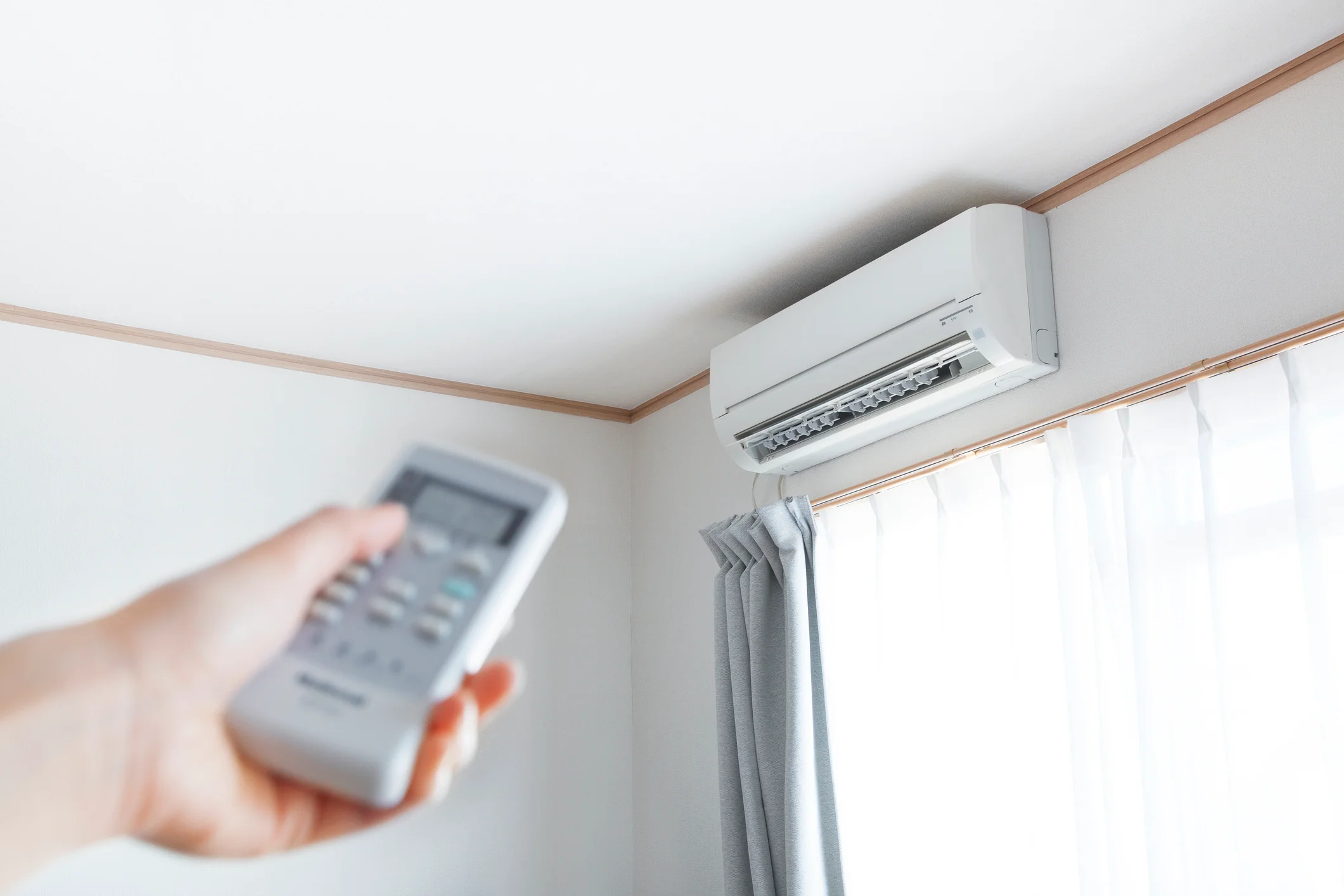
What Is a Mini Split, and How Is It Different from Central Air and Other HVAC Options?
What Is a Mini Split, and How Is It Different from Central Air and Other HVAC Options?

An In-Depth HVAC Efficiency Audit: How to Diagnose Performance Issues, Enhance Indoor Air Quality, and Cut Energy Costs

An In-Depth HVAC Efficiency Audit: How to Diagnose Performance Issues, Enhance Indoor Air Quality, and Cut Energy Costs
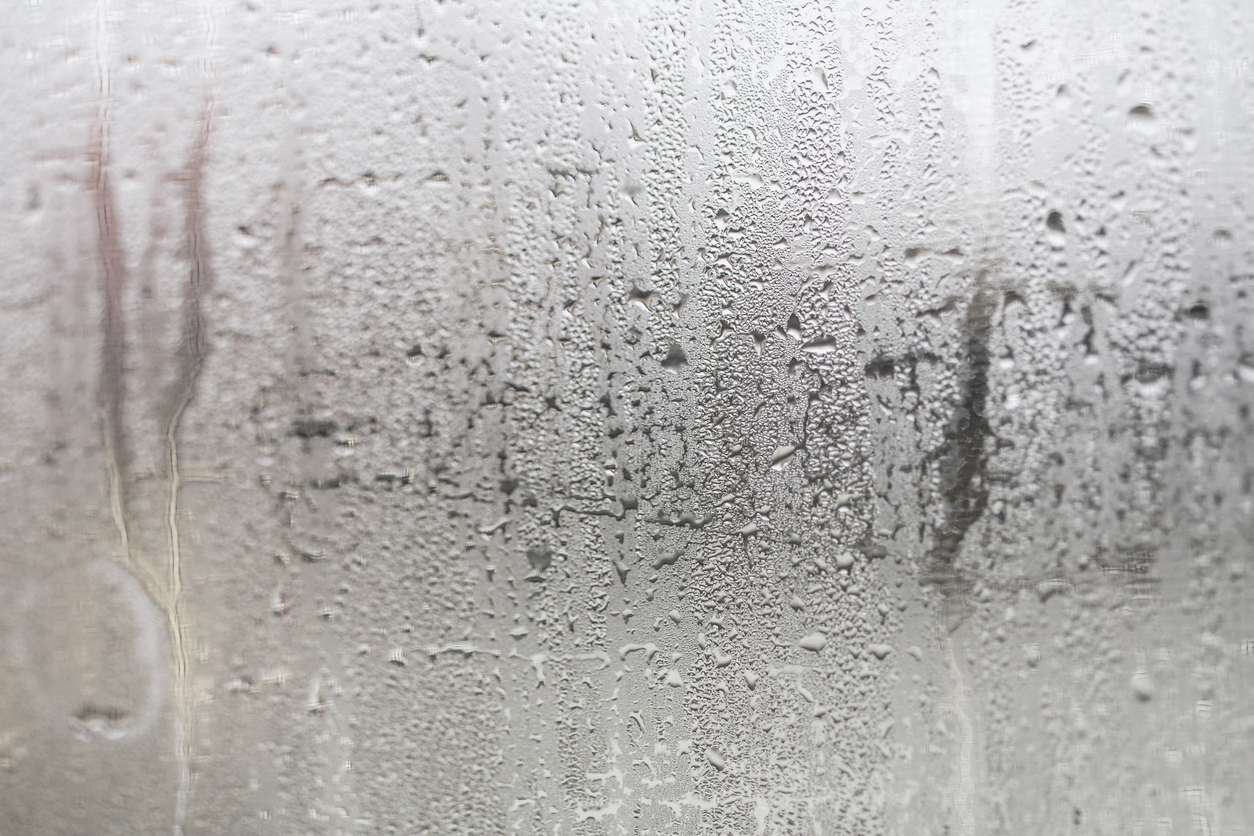
Why Indoor Humidity Matters in Buffalo, NY — for Comfort, Health, and Your Home
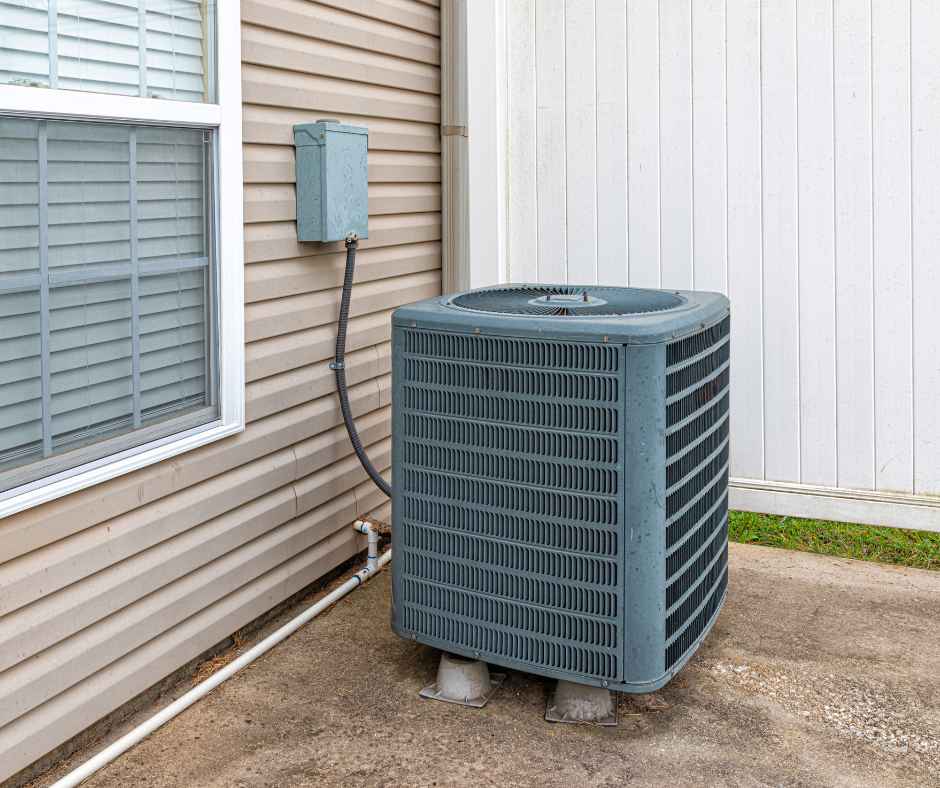
Why Is My Air Conditioner Short Cycling?
Get in Touch
